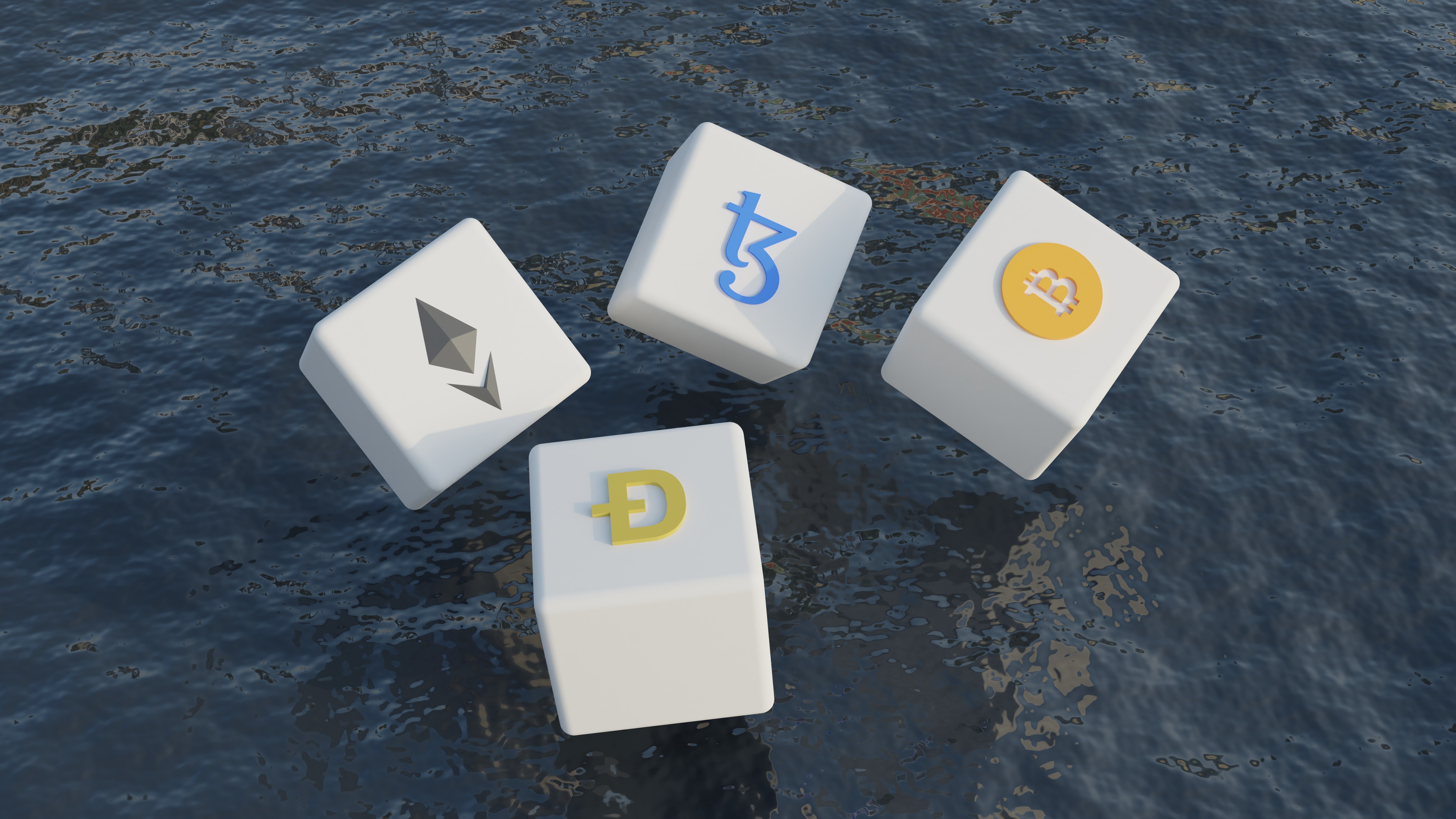
Building Decentralized Applications (DApps): A Step-by-Step Guide for Nigerian Developers on Ethereum
Introduction:
Decentralized applications (DApps) powered by blockchain technology have gained immense popularity, transforming industries with their secure and transparent nature. In this blog post, we will provide a comprehensive step-by-step guide tailored specifically for Nigerian developers interested in building DApps using popular blockchain platforms like Ethereum. From understanding the basics to deploying your own decentralized application, we've got you covered.
Step 1: Understanding Blockchain and DApps
Begin by grasping the fundamentals of blockchain technology and its decentralized nature. Learn how DApps leverage blockchain to enable trust, immutability, and peer-to-peer interactions without relying on intermediaries.

Step 2: Choosing the Right Blockchain Platform
Explore different blockchain platforms, with a focus on Ethereum, one of the leading choices for DApp development. Understand Ethereum's features, such as smart contracts and the Ethereum Virtual Machine (EVM), which power DApps.

Step 3: Setting Up the Development Environment
Set up your development environment by installing the necessary tools, such as a code editor, the Ethereum client (e.g., Ganache or Geth), and the Solidity programming language.

Step 4: Smart Contract Development
Delve into the world of smart contracts, which form the backbone of DApps. Learn Solidity, the programming language used for Ethereum smart contracts, and write your first smart contract code.
Step 5: Testing and Deployment
Test your smart contract using Ethereum's testing frameworks like Truffle or Remix. Ensure your smart contract functions as expected and meets your DApp's requirements. Deploy your smart contract to the Ethereum test network (Ropsten, Rinkeby) for further testing.
Step 6: Front-end Development
Develop the user interface for your DApp using web development technologies like HTML, CSS, and JavaScript. Connect your front-end to the Ethereum blockchain using web3.js or ethers.js libraries to interact with the smart contract.
Step 7: Testing and Optimization
Thoroughly test your DApp, focusing on user experience, security, and functionality. Optimize the code and fix any issues that arise during testing.
Step 8: Deployment and Launch
Choose an appropriate Ethereum network (mainnet or a testnet) and deploy your DApp. Ensure that users can access and use your DApp seamlessly.
Conclusion:
Building decentralized applications using blockchain platforms like Ethereum offers Nigerian developers the opportunity to contribute to the blockchain revolution. By following this step-by-step guide, you will acquire the knowledge and skills necessary to develop your own DApps, empowering you to participate in the growing blockchain ecosystem.
Remember to place appropriate images or illustrations throughout the blog post to enhance reader engagement. Additionally, optimize the content with relevant keywords to improve search engine visibility for Nigerian audiences seeking guidance on DApp development.
If you require further assistance or have any questions, feel free to reach out. Happy coding and best of luck in your DApp development journey!


0 Comments
1 of 1